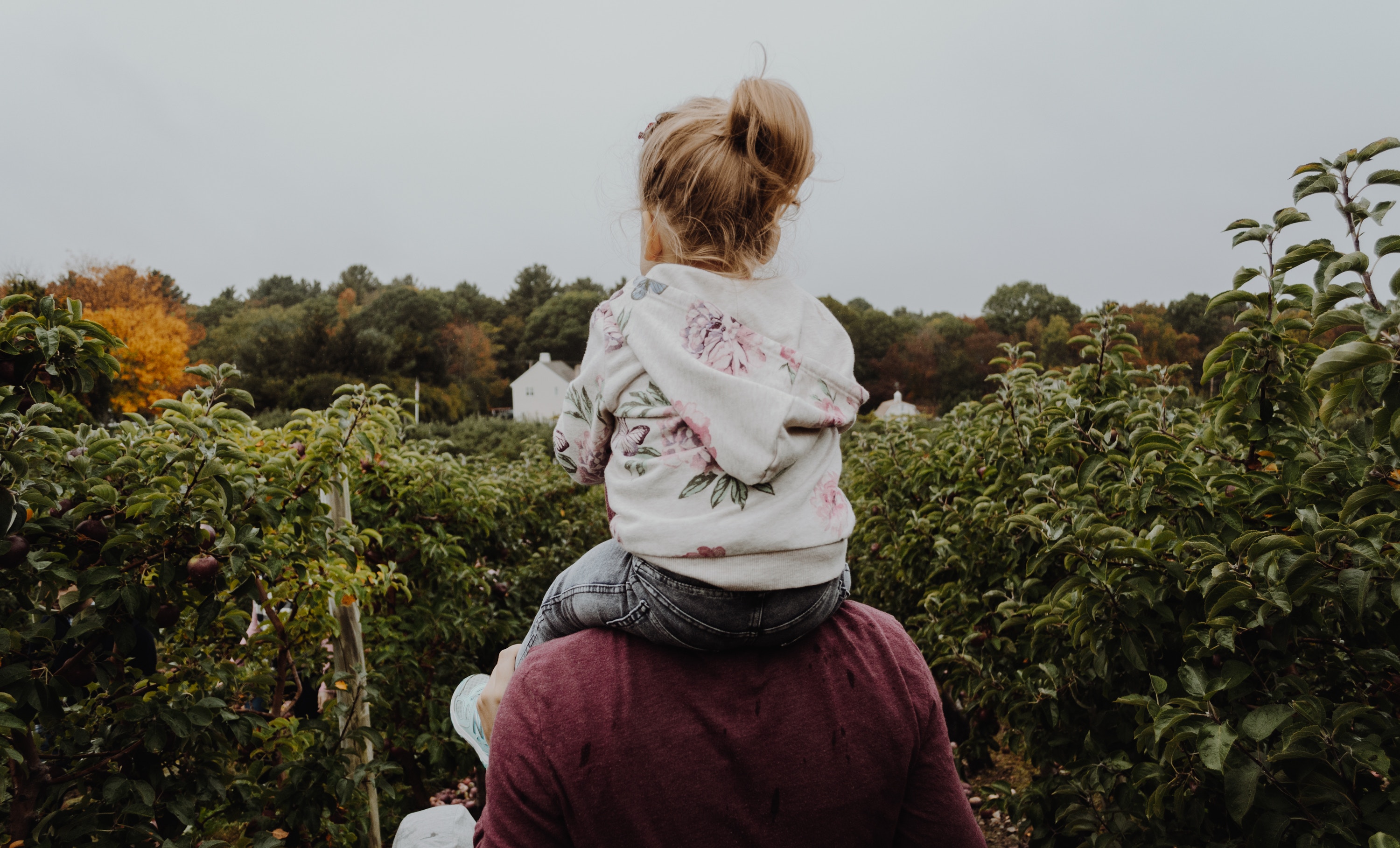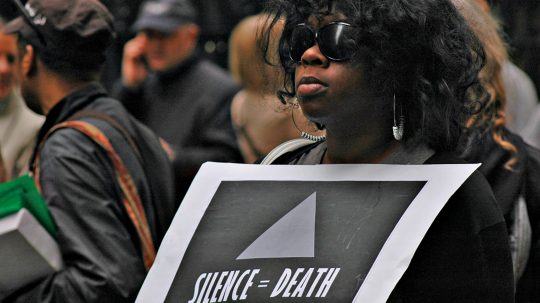An ultra-Orthodox Jew who left her community to start a new life as a woman has been allowed an appeal by The Court of Appeal. This overturned an earlier ruling that she should have no direct contact with her five children.
The transgender parent, known in court as ‘J’, has not seen her children since leaving the North Manchester Charedi Jewish community in June 2015. Both parents agreed that the children should continue to live in the community, but the mother opposed direct contact with J.
In the lower court, Mr Justice Jackson had decided that, because of a real risk that the children and their mother would be rejected by their community, direct contact wouldn’t be in the best interests of the children. This was in spite of ‘formidable’ arguments in favour of contact with J.
A Case of Profound Significance
 Image Credit: Jonathan Brown / Flickr
Image Credit: Jonathan Brown / Flickr
The Court of Appeal noted that the case was of ‘profound significance’ because it raised the question of how, in evaluating a child’s welfare, the court should respond to the impact on a child of behaviour which may be unlawful under Article 14 of the Human Rights Convention and under the Equality Act 2010. Both of these protect us from discrimination.
The appeal court was made up of Sir James Munby, Lady Justice Arden and Lord Justice Singh. In their judgment, they said that many people would find the earlier decision “both surprising and disturbing, thinking to themselves, and we can understand why, how can this be so, how can this be right?”
The judges also said that it was “unfortunate that the judge did not address head-on the human rights issues and issues of discrimination which plainly arose”.
The Standards of Reasonable Men and Women
 Image Credit: Anna Dziubinska / Unsplash
Image Credit: Anna Dziubinska / Unsplash
They found that the High Court judge had lost sight of the principle that the children’s welfare must form the paramount consideration in disputes over contact. The conclusion that direct contact wouldn’t be in the best interests of the children was difficult to square with the court’s role in judging the welfare of the children “by the standards of reasonable men and women in 2017”.
In adopting these standards, the court must take a “broad-minded and tolerant approach”. This involved asking questions including: “how can this order give proper effect to the reality, whether the community likes it or not, that the father, whether transgender or not, is and always will be the children’s father and, as such, inescapably part of their lives, now, tomorrow and as long as they live?”
It was important that courts shouldn’t be less willing to intervene to protect what was plainly in a child’s best interests simply because of adults refuse to change their beliefs.
The appeal court also found there was “much force” in the argument that the High Court judge didn’t sufficiently explain why, given the basis of the mother’s and the community’s objection to direct contact, it was nonetheless feasible to contemplate indirect contact. One of the main reasons that the children faced being ostracised was because other parents wanted to shelter their own children from finding out about the existence of transgender people. This was an issue with both direct and indirect contact.
The appeal judges also noted that it was the duty of the court to make direct contact between parents and children work. The High Court judge did not try hard enough to do this. He had “given up too easily”.
Courts’ Human Rights Obligations
 Image Credit: Diego Ph / Unsplash
Image Credit: Diego Ph / Unsplash
In its concluding observations, the Court of Appeal noted that “the best interests of these children seen in the medium to longer term is in more contact with their father”. They added: “The doors should not be closed at this early stage in their lives”.
However, the Court of Appeal does not have the final say. The matter has now been sent back to the family court to be reheard.
Because of this, the Court of Appeal didn’t give a final view on the issues of equality law which arose, nor on the issues about freedom of religion under Article 9 of the Human Rights Convention. However, they did set out some guidelines for the family court to consider.
These included reminders that:
- ‘Discrimination’ and ‘victimisation’ have specific meanings under the Equality Act, which mustn’t be confused with their everyday meanings. Further, the Equality Act can’t apply to “the community” as a single entity. It can, however, apply to schools.
- Transgender status is protected by Article 14 and, as the subject matter of the case fell within the ambit of Article 8 (the right to family life), Article 14 could be engaged without J having to demonstrate an actual breach of Article 8.
- Thanks to section 6 of the Human Rights Act, the duty to act compatibly with Convention rights applies to courts and tribunals as well as other public authorities. The appeal court noted: ‘When the present case returns to the family court we anticipate that the court will wish to scrutinise with care the suggested justification for the apparent discrimination which the father faces on the ground of her transgender status, not least to ensure that the court itself does not breach its duty under section 6 of the HRA’.
A spokesperson for J’s legal team said: “This decision is one that will be welcomed not just by lesbian, gay, bisexual, and transgender individuals living within small religious groups, but by the LGBT community in general.”






